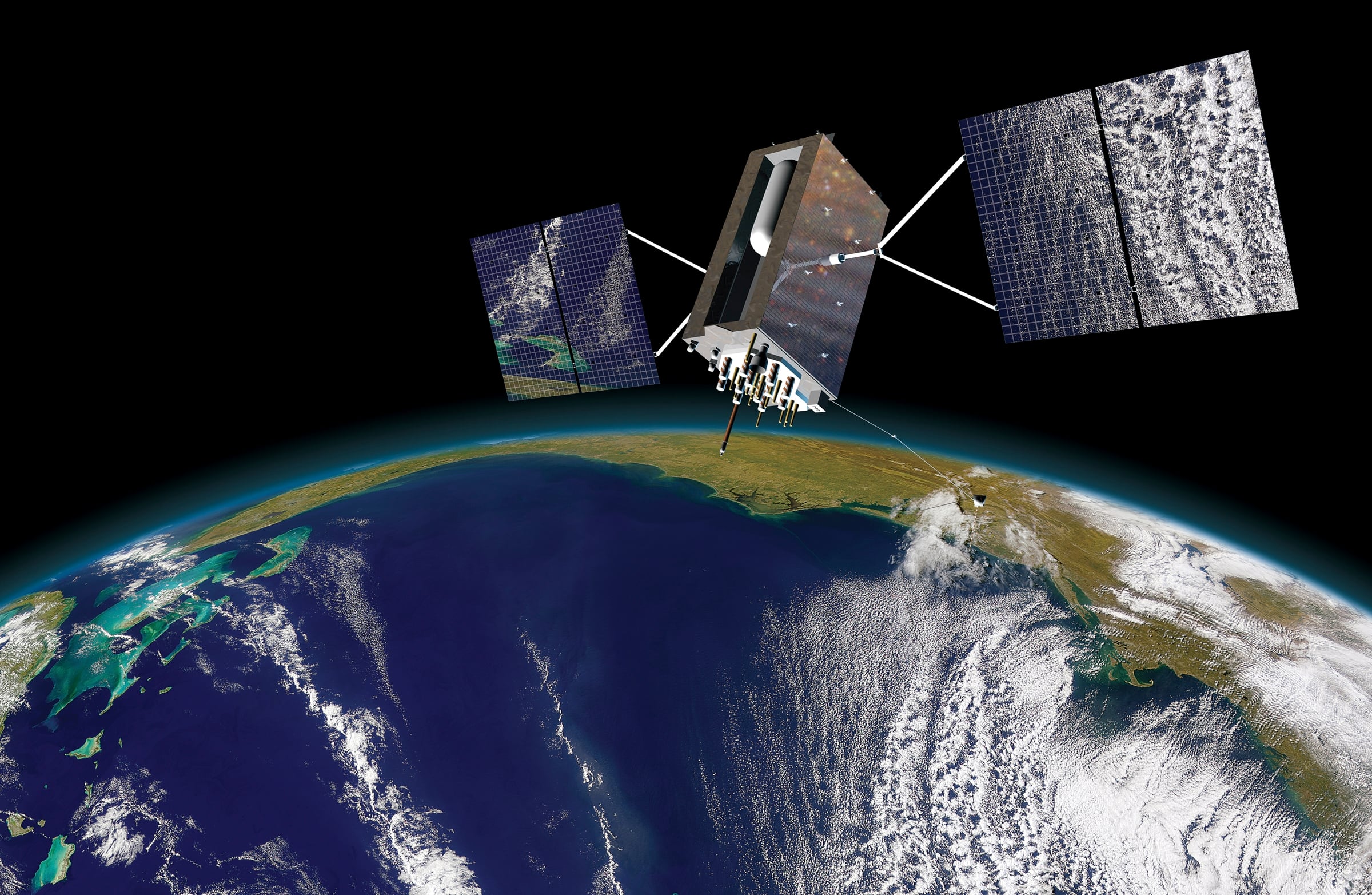WASHINGTON — Orolia is now offering GPS receivers that are capable of receiving M-Code, a more secure GPS signal built for military use.
“We’ve been working very closely with DoD [the U.S. Department of Defense] on the transition to M-Code, so we’re extremely excited that things are beginning to pick up. We are expecting to start delivery in early 2021, so just a few months away from getting our first shipment out there and get capability into the hands of the DoD community,” the president of Orolia Defense & Security, Hironori Sasaki, told C4ISRNET in an interview.
M-Code was designed to provide enhanced positioning, navigation and timing data to the war fighter while being resistant to jamming and spoofing. As American adversaries continue to develop systems that can interfere with GPS signals on the battlefield, the U.S. military has been eager to provide a more robust capability to the end user.
GPS devices that can receive M-Code are essential to making the more protected and more accurate signal available to troops.
There are currently 23 GPS satellites on orbit that are capable of broadcasting M-Code, which is both more accurate and harder to jam than the civilian signal. Despite the increasing number of M-Code-capable satellites in the constellation, operational use of M-Code has been held back by other factors.
Most notably, Raytheon’s Next-Generation Operational Control System, a $6.2 billion ground system being built to control the new signal, is already five years behind schedule according to a 2019 Government Accountability Office report. With that new system not expected to be delivered until June 2021, the Pentagon has contracted with Lockheed Martin to build an upgrade to the current ground system that will allow M-Code Early Use, a limited version of the signal.
In addition to a ground system that can use M-Code, the military also needs new receivers that can use the signal, such as those now offered by Orolia. Sasaki declined to discuss orders for the new receivers beyond noting that the company was working on multiple projects and had a number of customers interested in upgrading to the M-Code devices.
The addition of the M-Code capability to the new receivers will not have any impact on the form factor of the devices when compared to the company’s past products, Sasaki noted. “We do take a very modular approach in both hardware and software, and this really allows us to quickly integrate new sensors, new receivers, new capabilities in a pretty quick, efficient and low impact for our end users,” Sasaki said.
That includes Orolia’s Versa system, which is a more compact and ruggedized receiver designed for mobile and unmanned systems with space and weight constraints.
The company also offers a new M-Code simulation capability called BroadSim, which has been qualified by the DoD, meaning that customers can begin testing how well the M-Code devices will work in the field. BroadSim is the only software-defined GNSS (global navigation satellite system) simulator on the market that has received that security approval, according to the company.
“We are able to not only test and evaluate the performance of our end user devices, but we’re providing BroadSIM with M-Code simulation capability to DoD and other defense integrators to be able to validate their end user systems as well,” Sasaki said. “That’s going to really accelerate the speed of adoption of M-Code capability.”
Nathan Strout covers space, unmanned and intelligence systems for C4ISRNET.








